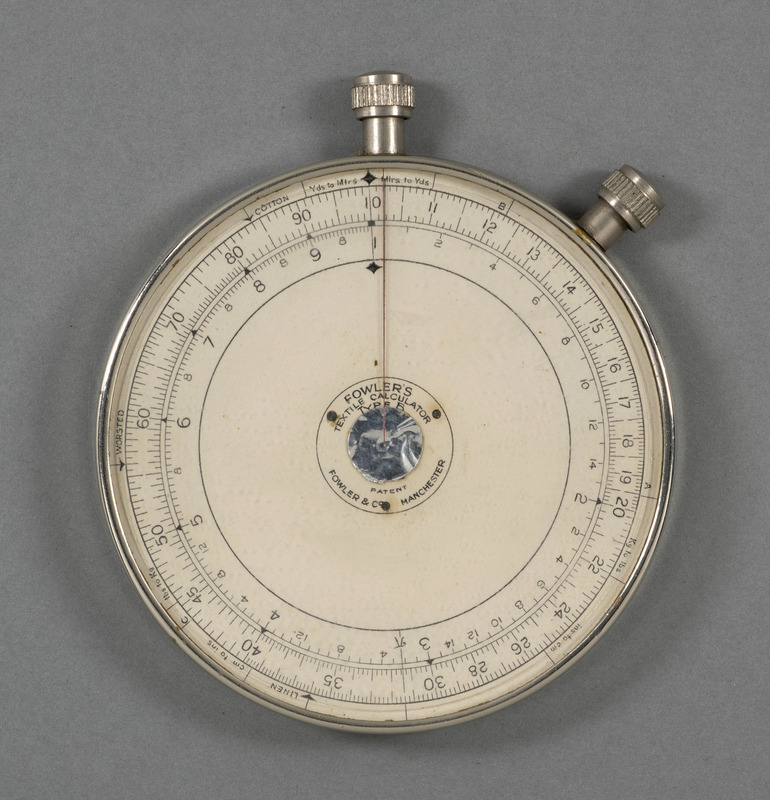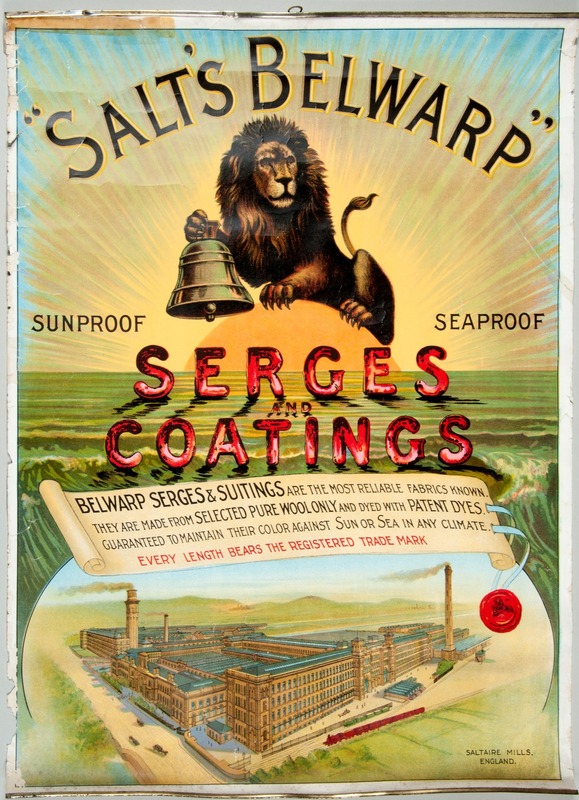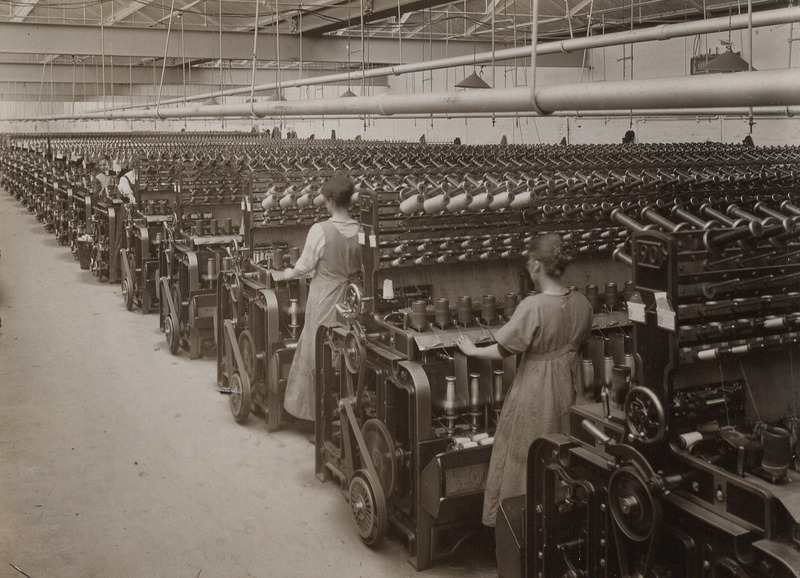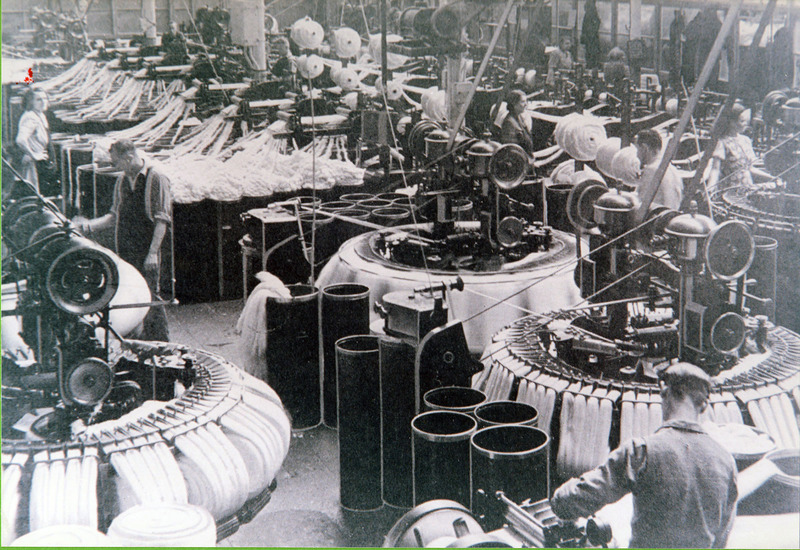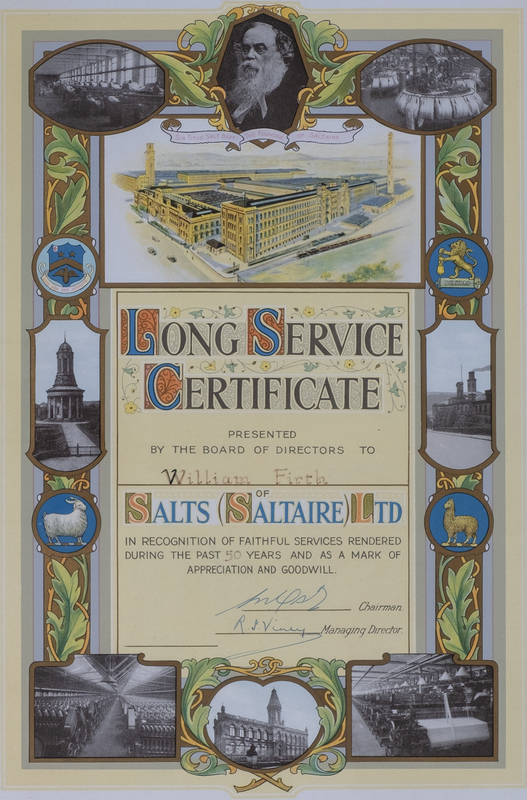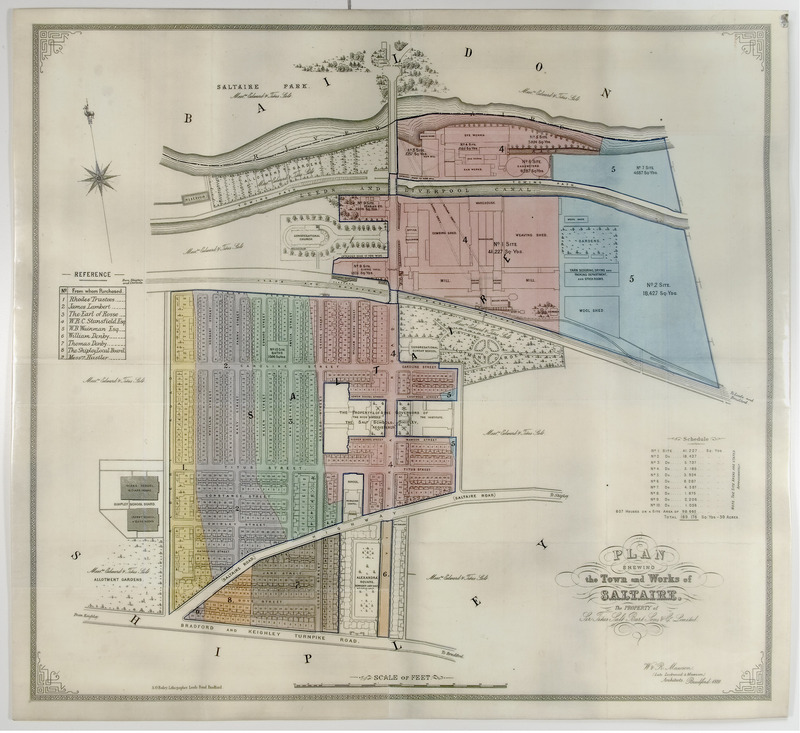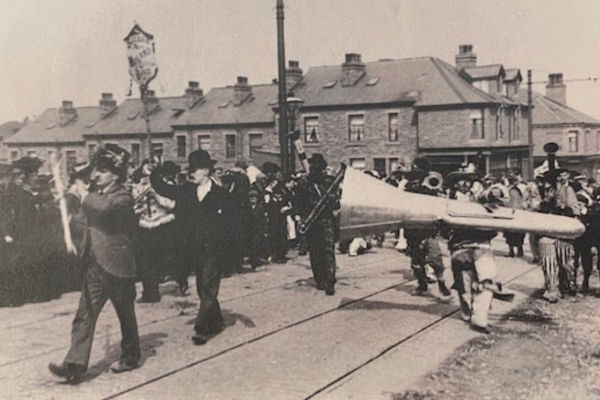Making, working, buying and selling
Salts Mill opened in 1853 as a state-of-the-art textile factory. It produced cloth for over 130 years.
The Saltaire Collection has many items from this long history, including business documents, newspaper cuttings, photographs of machinery and staff, personal memories of workers, and papers on the land and property deals that came with owning a village as well as a mill.
There are also some items telling a wider story of business connected to Saltaire, from mining in Dayton, Tennessee to a new use of Salts Mill as the home of a leading company in the digital communications revolution.
Textile industry
Thanks largely to two ex-employees of Salts Mill - Albert Bowtell and Harold Kendall - the Collection has over 100 items related to mill machinery and processes. Items include many photographs of the mill at work in the early twentieth century and documents and equipment used by overlookers.
We have other photographs of Salts Mill from over 100 years ago down to the mid 1980s when the building had stopped textile production and was being cleared.
There are also samples of Saltaire-produced cloth, product labels and tags, and advertising and promotional materials.
Working life
We have items from the working lives of people employed in Salts Mill and elsewhere nearby, including Saltaire's schools. There are appointment letters, documents dealing with wages and pensions, handbooks for 'hands', overlookers and for the company superannuation scheme. Occasionally, the workers got a day out.
We have many photographs, some featuring workers, of the interior of Salts Mill that illustrate working conditions.
On a more personal level, we have several long-service certificates (some for over 50 years) for working in Salts Mill. Teachers were rewarded differently: George Morell received a wonderful illuminated book after 45 years teaching, and Harriet Byles, Salt Girls High School headteacher for 34 years, got a pony.
Our collection of Personal Memories also includes many experiences of working in a variety of occupations.
Real estate
As discovered by local historian Ian Watson, Titus Salt had extensive land dealings. This had a lasting legacy as the village, Salts Mill, and associated land were developed and traded.
We have many documents related to the Milner Field Estate - the location of Titus Salt Junior and Catherine Salt's home - from early maps through family mortgage deals, the sale of the estate to James Roberts, the attempted sale of the houses in the 1920s, up to complicated dealings in the 1950s.
The area of Hirst Wood and Hirst Mill was at the western end of the Saltaire land purchases. We have land, mortgage, rental and legal documents concerning this area from the time of James Roberts.
There are also some documents related more directly to Saltaire and the textile business.
Other business
Dayton
In the 1880s Titus Salt Bart. Sons & Co. Ltd became the owners of an iron and coal business in Dayton, Tennessee in the USA. They made huge financial investments to build blast furnaces, kilns, coke ovens and a whole town of 200 homes for the workers. The cost added to financial difficulties of the Saltaire business which the Salt family eventually had to sell in the early 1890s.
We have a few items related to Dayton, including a recent, extensive historical and archaeological report that has a great deal of detail on the story of the business.
Pace Micro Technology
Salts Mill stopped producing textiles in 1985. Shortly afterwards, the Mill was bought by the Bradford entrepreneur Jonathan Silver and redeveloped as a multi-occupancy leisure and business enterprise.
An early occupant was Pace Micro Technology which became a major, leading company in the digitial revolution of the communications industry from the late 1980s onwards. Our volunteer Mike Farren has written a history of Pace based on interviews with the founders and leading engineer, and we have some items related to the company's time in Saltaire.
You may also be interested in
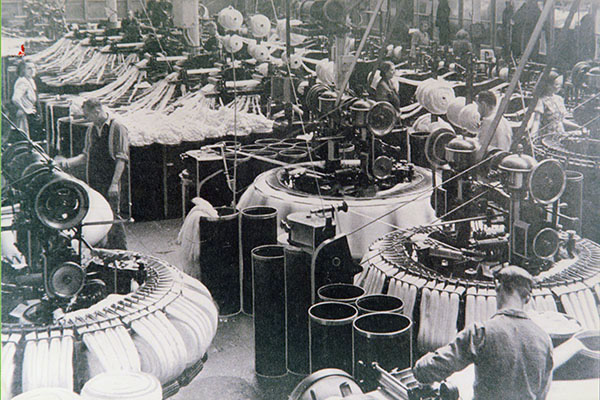
Search and browse our Collection records for items related to the textile industry, working life, dealing with real estate and other business activities
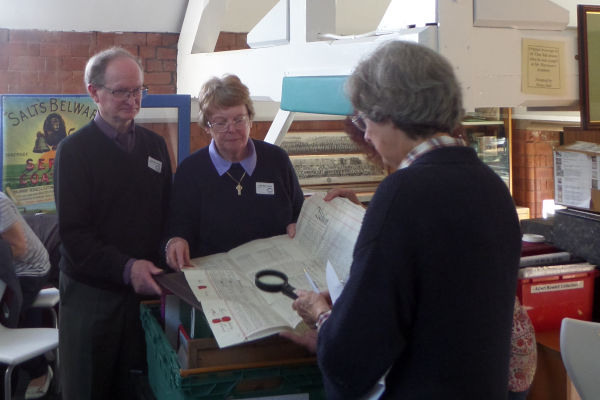
Find out how we can support your research if you wish to delve deeper into a subject
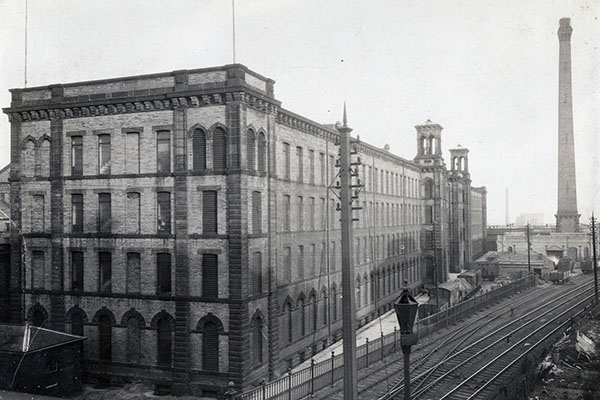
Find out more about Salts Mill using our Mill and Owners timelines, workers personal memories, and the post-textiles story of Pace Micro Technology
